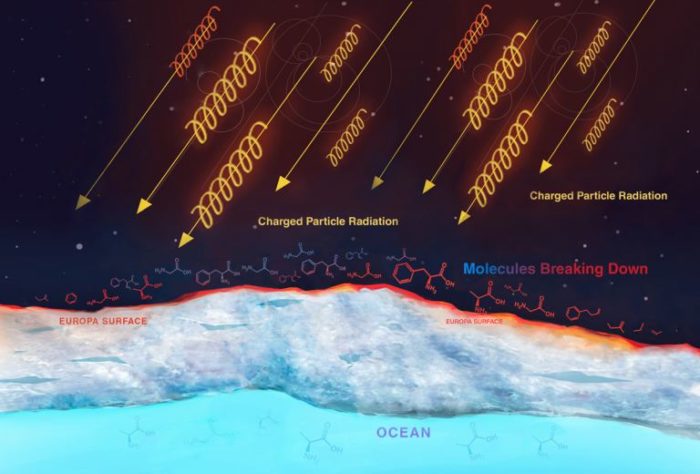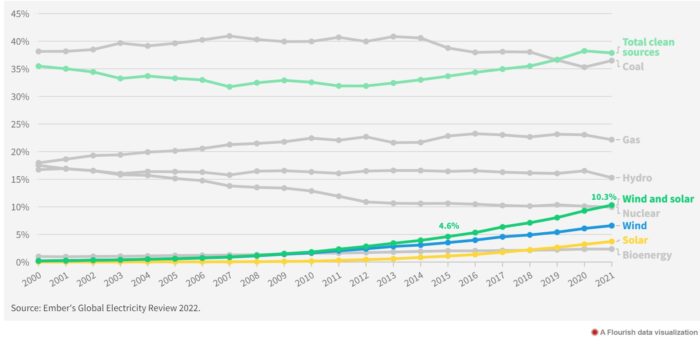Apr 04 2022
Europa Clipper Mission and Life on Europa
 What is our best bet for finding life outside of Earth? We could detect biosignatures on exoplanets, but at best we would be inferring the probably existence of some kind of life, but not be able to examine it directly. Therefore the most intriguing questions about extraterrestrial life will go unanswered. If we detect life in our own solar system there is the possibility of getting samples of that life in the not-to-distant future. Mars, as hostile as it is, is the closest thing to Earth in the solar system so we have focused a lot of attention there.
What is our best bet for finding life outside of Earth? We could detect biosignatures on exoplanets, but at best we would be inferring the probably existence of some kind of life, but not be able to examine it directly. Therefore the most intriguing questions about extraterrestrial life will go unanswered. If we detect life in our own solar system there is the possibility of getting samples of that life in the not-to-distant future. Mars, as hostile as it is, is the closest thing to Earth in the solar system so we have focused a lot of attention there.
In the last few decades, however, another possibility has gained attention – life evolving in the subsurface oceans of icy worlds, most notably the moons Europa of Jupiter and Enceladus of Saturn. In 2024 NASA will be sending the Europa Clipper mission to Jupiter. The craft will enter into an orbit around Jupiter designed to give it multiple close approaches to Europa. It is outfitted with a host of instruments to study the icy moon – a mass spectrometer to examine the constituents of the surface ice, a magnetometer, radar to probe the structures under the surface, and many others. The probe will arrive at Jupiter around 2030 so until then scientists are busy trying to learn as much about Europa as possible to make the best of the Clipper mission.
While the mission is not designed to directly detect life on Europa, it is designed to answer very specific questions about the plausibility of life. Being a frozen world distant from the sun (the sun’s light intensity is only 4% that of Earth’s), how could life evolve and survive? Beneath the icy shell of Europa is briny water, water mixed with minerals that is partially frozen but also liquid enough to have convection. Below the brine is a large liquid ocean, with more than twice the volume of water as in the oceans of Earth. Europa is not frozen solid (which it would be, given its size and distance from the sun) because of tidal forces from its massive parent, Jupiter. These tidal forces reshape Europa causing friction that heats the planet. Beneath the subsurface oceans scientists predict there are volcanoes on the sea floor.

 The percentage of world electricity generated by wind and solar energy hit 10% in 2021
The percentage of world electricity generated by wind and solar energy hit 10% in 2021 




